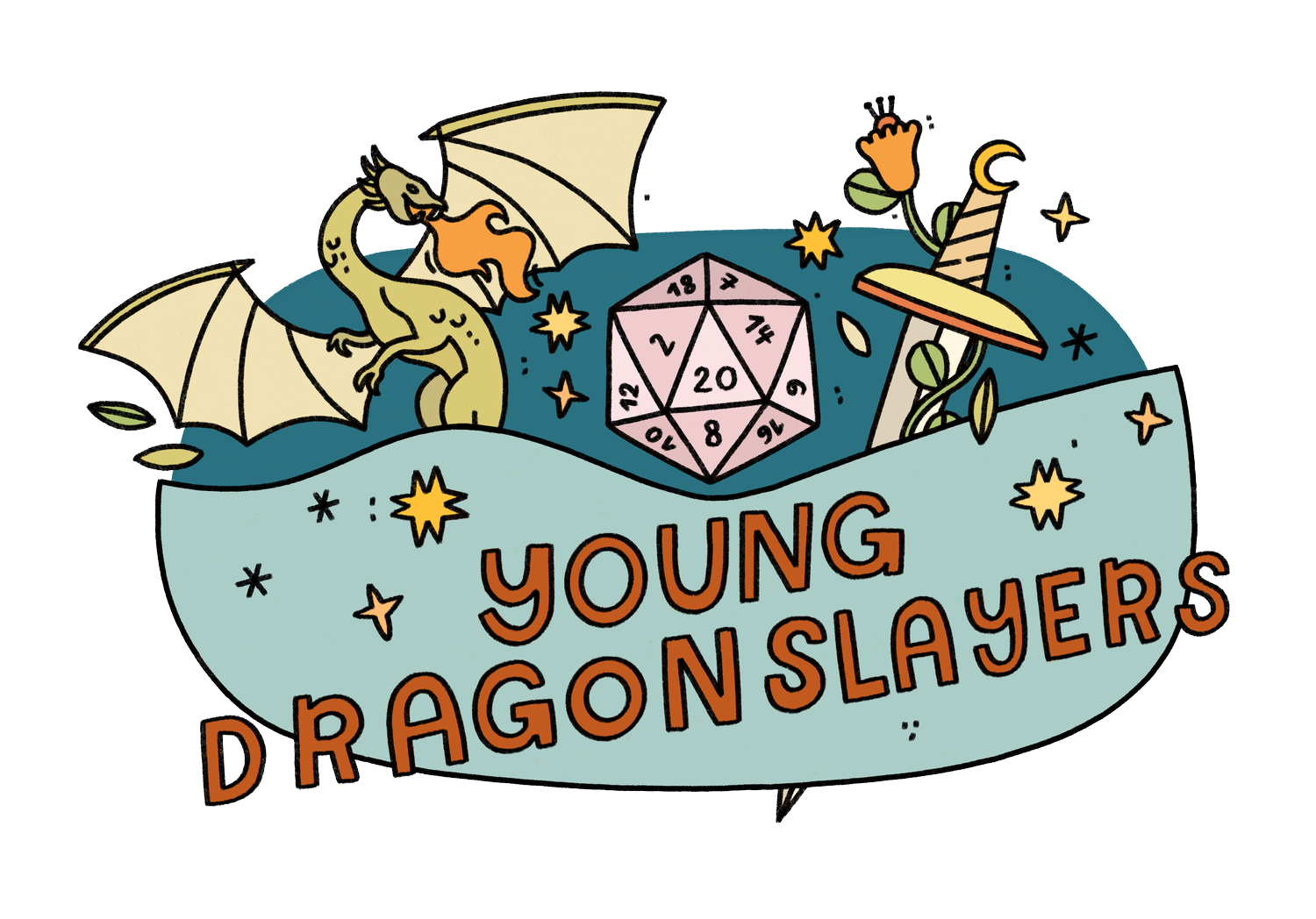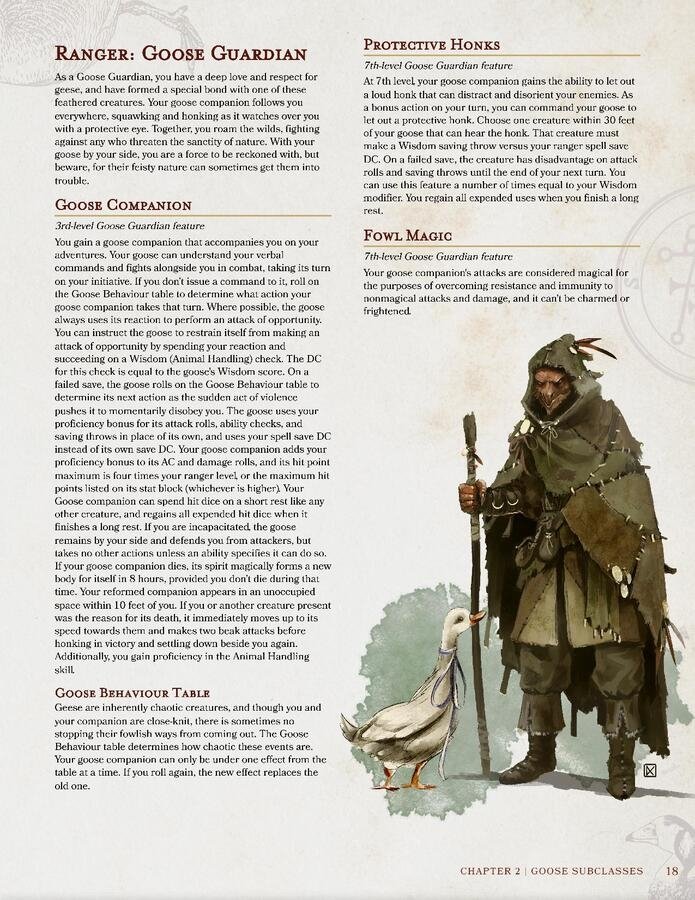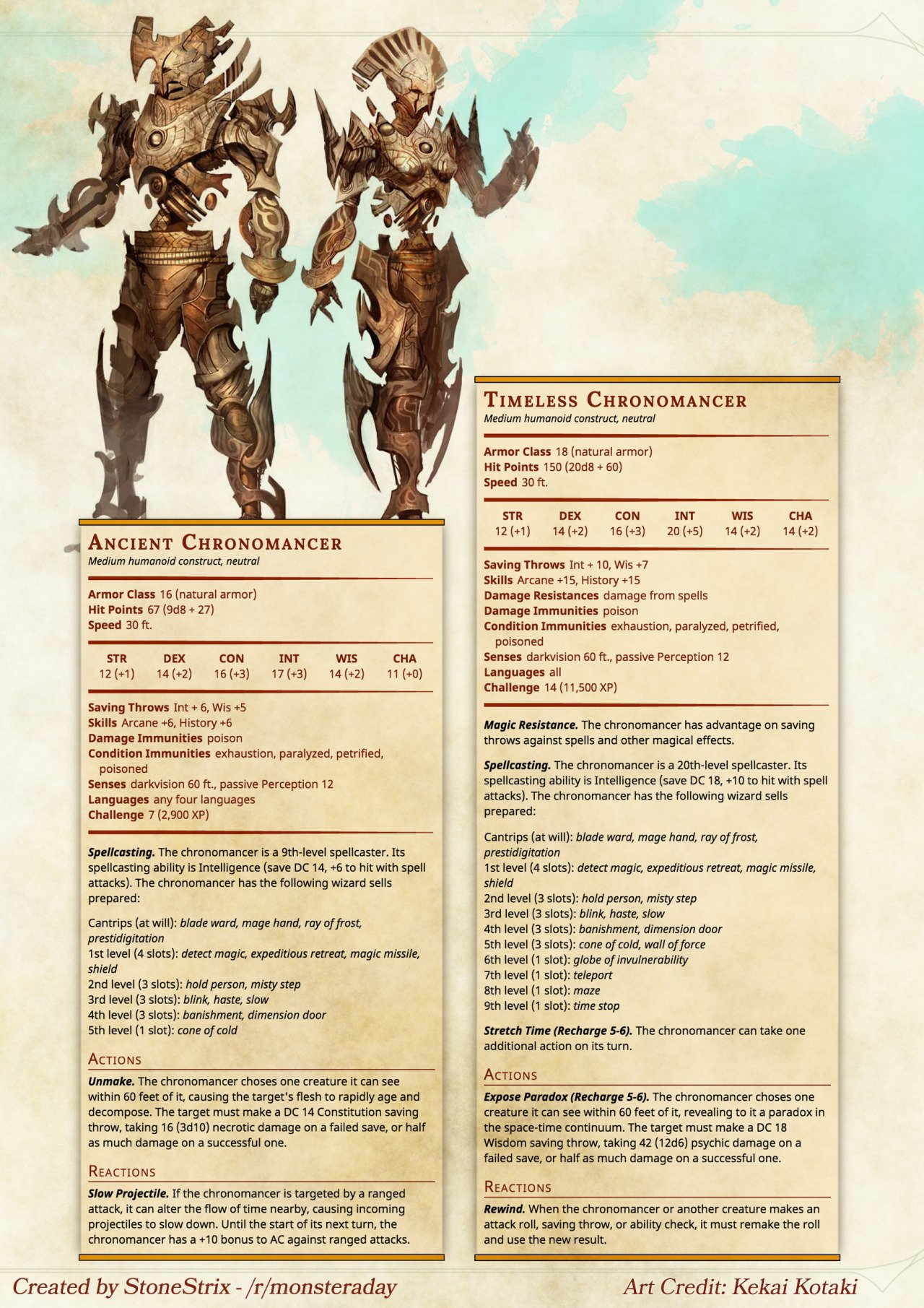The Pros and Cons of D&D Homebrewing (for players)
This is the first post in a two-part series. You might also like The Pros & Cons of D&D Homebrewing (for Dungeon Masters).
Dungeons & Dragons has so many different elements to incorporate into your games: swordplay masters, magical fireballs, or eyestalked monsters. These work great for the high-fantasy world of many D&D games and have given players hours of fun for years and years. But sometimes people want to create their own elements for games. This is called homebrew! Individual D&D players make homebrew materials for their games, sharing it with their friends or on sites like Tumblr, Reddit, DMs Guild, or D&D wikis. So do professional companies like Kobold Press, Green Ronin, and MCDM Productions. With so many homebrew options, it seems like you could play anything you want! But randomly shoving in new elements could potentially muck up an already-good game. Here’s what you need if you’d like to incorporate homebrewed elements as a Dungeons & Dragons player.
Customizing Your Character Using D&D Homebrew
The most obvious way that D&D players use homebrew materials is to customize their characters. Character creation is one of the most exciting parts of tabletop roleplaying games; many players spend hours on their backstory alone! But the official D&D materials only have so many options available to make your character; plus,most of them are limited to the specific setting of high fantasy. To offer more character options, players have created homebrew for the many different parts of character creation.
In D&D, a character’s class determines where their powers come from and what kinds of abilities they have. Homebrew classes come up with interesting new versions of this, like allowing you to wield guns, play as a shapeshifter, or even more specific alternatives, like the guardian of a goose familiar using honk magic. In one of my games, a player used a homebrew class to play a Jedi Knight, lightsaber and all!
In D&D, a character’s race is essentially their species: what kind of biological creature they are. Homebrew races offer different types of creatures; some are from specific media like Pikmin, some are inspired by real-word animals, like a shark-person, and some let you combine the D&D races with customized mechanics. One of my players used a homebrew race to play as a vampire with a secret past!
Customizing Your Game Using D&D Homebrew
Once you have a character to play, you get to explore a world with them, gaining new abilities, learning new magic, and filling out your inventory with new items! These game elements have homebrew options for players as well.
Every four levels, player characters get to decide between increasing their raw ability scores (Strength, Dexterity, ect) or taking on a feat. A feat can give characters new abilities like weapons skills, dragon powers, or even telepathy. Homebrew feats give characters even more options as they level up; your character might have a super high IQ, wild parkour skills, or even the ability to see the future!
Spellcasting classes, from the Artificer to the Wizard, gain more spells as they level up which let them do things like detect magic, send messages, or summon lightning. Homebrew spells can stick with the magical themes of the source material, but they can also be inspired by media, like the Standd ability Moody Blues, from Jojo’s Bizarre Adventure, stolen from gods, as all the spell are in the Godly Grimoire, or even utterly silly (those goose-magic spells I mentioned earlier include “Chaos Honk,” “Summon Goose Guardian,” and, my personal favorite, “Power Word Quill”).
Finally, D&D has long lists of items - from simple thieves’ tools, which allow you to disarm traps and pick locks, to the legendary Hand of Vecna, which turns you evil and grants you powerful magic. Homebrew items add even more possibilities to your characters’ inventories; daggers made from dragon teeth, helmets that offer mind-control powers, or even a versatile combat wheelchair that gives tons of cool options for playing disabled characters.
Drawbacks of Using Homebrew D&D Materials
All of this sounds pretty fantastic. More fun references, character options, and ways to interact with the world - what could go wrong? For starters, homebrew materials can be very unbalanced. Take this feat which, while cool in concept, allows a monk to multiply their damage by up to 20 times, essentially breaking the game (Talk about OP)! Plus, not every element is a good fit for every game. If you’re playing an ultra-serious murder mystery set in the magical court of the Feywild, it would feel a little weird to play as a Mandolorian with a robot hand. Plus, if you’re trying to create something wholly original for your character, homebrew can also be a lot of work to make yourself - especially if a basic reskin would do the trick.
Advantages of Using Homebrew D&D Materials
But, if you’ve found (or created) balanced materials that fit the tone of your game, including them in your campaign can make it that much more fun. As we’ve already seen, it’s a great way to fit your perfect character concept. With homebrew, you aren’t limited to just the concepts in the official D&D guides and can take advantage of the creativity of hundreds of players who came before you. If you’ve already played a lot of D&D and gotten familiar with the classes, races, feats, items, spells, and more in the official books, it can also be refreshing to play new concepts instead of using the same elements over and over again. Plus, it’s just plain fun to see what’s out there and try new ideas!
Talk to Your Dungeon Master About Using Homebrew Materials
Having open lines of communication with your Dungeon Master is one of the best ways to ensure you have a good time playing tabletop roleplaying games. If your DM is a good one, they’ll want you to have the most fun possible and will help you figure out the best way to do that. They should be able to help you figure out what homebrew materials are well-balanced and a good fit for the campaign they’ve built for you.
Personally, I love letting my players use homebrewed materials, especially if we can create them together. One of my players played a Lizardfolk, and he wanted his character to be able to swing a sword with his tail, so we came up with this feat:
Another of my players played a character inspired by the Yiga Clan from Tears of the Kingdom. We came up with a way for their character to control a material like Gloom.
Gloomwave: As a bonus action, you generate a spot of reddish-black substance that appears in a 5-foot-radius. When a creature enters the area for the first time on a turn or starts its turn there, it takes 1d10 damage. You can use Gloomwave 3 times per rest.
Both of these were fun and creative ideas from my players, and the made the game more interesting for everyone (including me)!
Try It For Yourself
If you’d like to give D&D and homebrewing a try, I and the other DMs here at Young Dragonslayers would be happy to help you figure out your character (and take you through an awesome adventure with them)! We run games for tweens and teens entirely online and have seen some epic and hilarious homebrew in our time. If you’ve got an idea for a character ability, special item, or magic spell you’d like to play out, we can help you make it happen!








